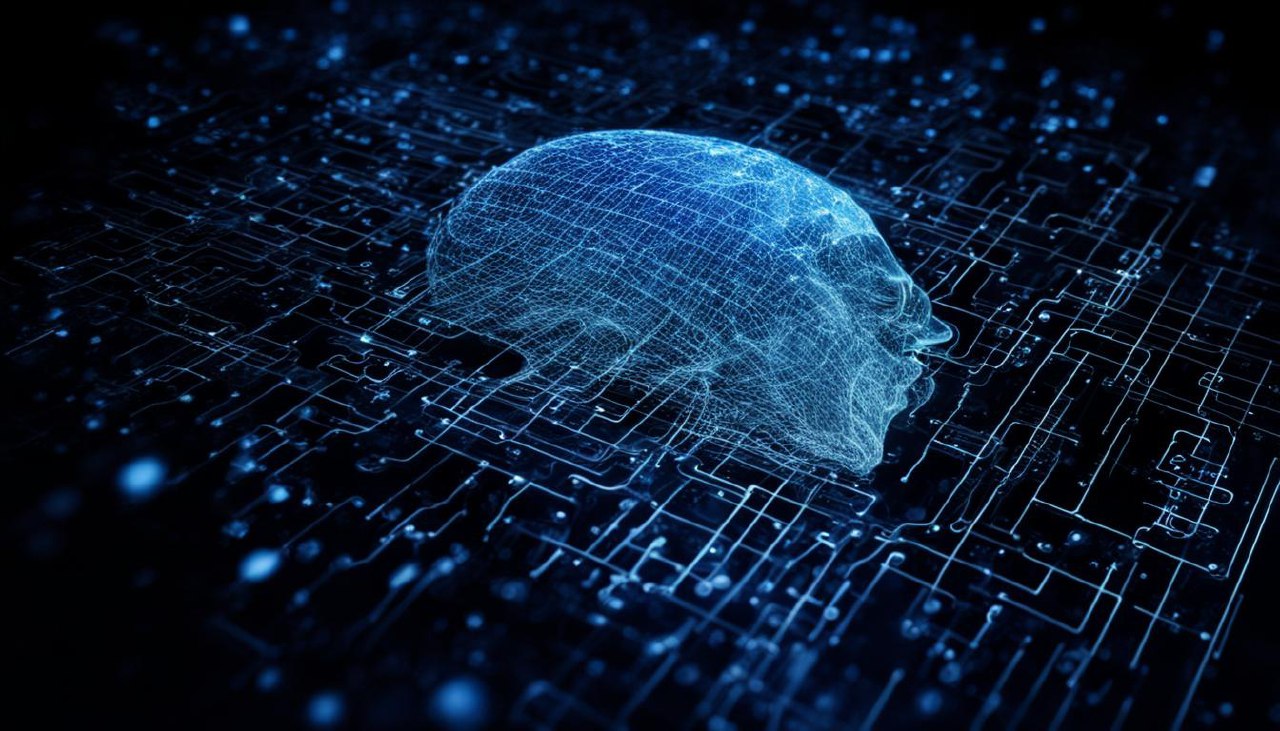Supervised Learning: Regression

In the field of machine learning, supervised learning regression is a type of algorithm where the model learns from labeled training data to make predictions about continuous values. The term "supervised" indicates that the algorithm is guided during training by a ground truth or target value that it aims to predict accurately.
Key Concepts
Training Data: In supervised learning regression, the training dataset consists of input-output pairs where each input is associated with a corresponding output label. For regression tasks, the output labels are continuous values.
Regression Models: Various algorithms can be employed for regression tasks, such as linear regression, polynomial regression, support vector machines (SVM), decision trees, random forests, and neural networks.
Loss Functions: During training, the model optimizes its parameters by minimizing a loss function that calculates the error between predicted and actual values in the training data.
Evaluation Metrics: Common evaluation metrics for regression models include Mean Squared Error (MSE), Root Mean Squared Error (RMSE), Mean Absolute Error (MAE), and R-squared coefficient.
Overfitting and Underfitting: Overfitting occurs when a model performs well on training data but fails to generalize to unseen data due to capturing noise instead of underlying patterns. Underfitting happens when a model is too simple to capture all aspects of the data.
Hyperparameters Tuning: Techniques like grid search or random search can be used to optimize hyperparameters of algorithms in order to improve performance.
Feature Engineering: Preprocessing techniques like scaling features, handling missing values, encoding categorical variables are crucial for building an effective regression model.
Regularization: Regularization techniques like Lasso or Ridge regression can help prevent overfitting by adding penalty terms on coefficients.
Applications
Supervised learning regression has broad applications across various domains:
- Predicting house prices based on features like location, size, and amenities.
- Forecasting stock prices using historical market data.
- Estimating sales revenue based on advertising expenditure.
- Medical diagnosis predicting patient health outcomes based on clinical indicators.
In conclusion: Supervised learning regression plays a vital role in predictive modeling tasks where our aim is to estimate real-valued outputs based on input features with high accuracy and generalization capabilities.
Sponsored
Sponsored
Sponsored
Explore More:

Model Evaluation and Selection
Topic model evaluation and selection are crucial steps in the process of building...

Feature Engineering
Feature engineering is the process of selecting, creating, and transforming features (inputs) in...

Natural Language Processing (NLP)
Natural Language Processing (NLP) is a subfield of artificial intelligence that focuses on...

Neural Networks and Deep Learning
Neural networks are a class of algorithms modeled after the human brain's neural...

Reinforcement Learning
Reinforcement learning is a branch of machine learning concerned with how intelligent agents...

Dimensionality Reduction: Autoencoders
Autoencoders are a type of artificial neural network used for learning efficient representations...

Dimensionality Reduction: Factor Analysis
Factor analysis is a powerful technique used in the field of machine learning...

Dimensionality Reduction: Independent Component Analysis (ICA)
Independent Component Analysis (ICA) is a dimensionality reduction technique commonly used in machine...

Dimensionality Reduction: t-Distributed Stochastic Neighbor Embedding (t-SNE)
Dimensionality reduction is a fundamental technique in machine learning and data visualization that...

Dimensionality Reduction: Principal Component Analysis (PCA)
Principal Component Analysis (PCA) is a popular dimensionality reduction technique used in machine...

Unsupervised Learning: Dimensionality Reduction
Unsupervised learning dimensionality reduction is a crucial concept in machine learning that deals...

Clustering: Gaussian Mixture Models
Clustering is a fundamental unsupervised learning technique used to identify inherent structures in...

Clustering: DBSCAN
DBSCAN (Density-Based Spatial Clustering of Applications with Noise) is a popular clustering algorithm...

Clustering: Hierarchical Clustering
Hierarchical clustering is a popular unsupervised machine learning technique used to group similar...

Clustering: K-Means
Clustering is an unsupervised machine learning technique that aims to partition a set...

Unsupervised Learning: Clustering
Unsupervised learning clustering is a fundamental concept in machine learning that involves identifying...